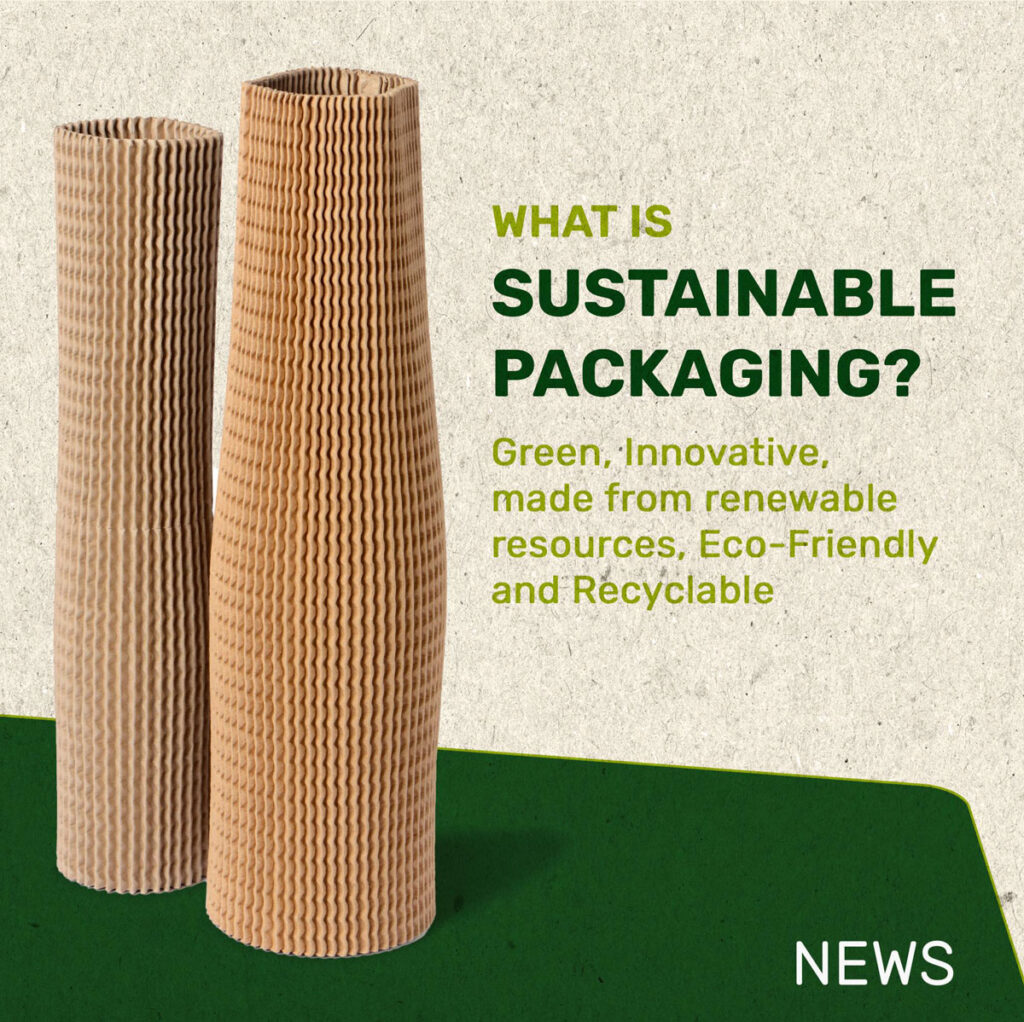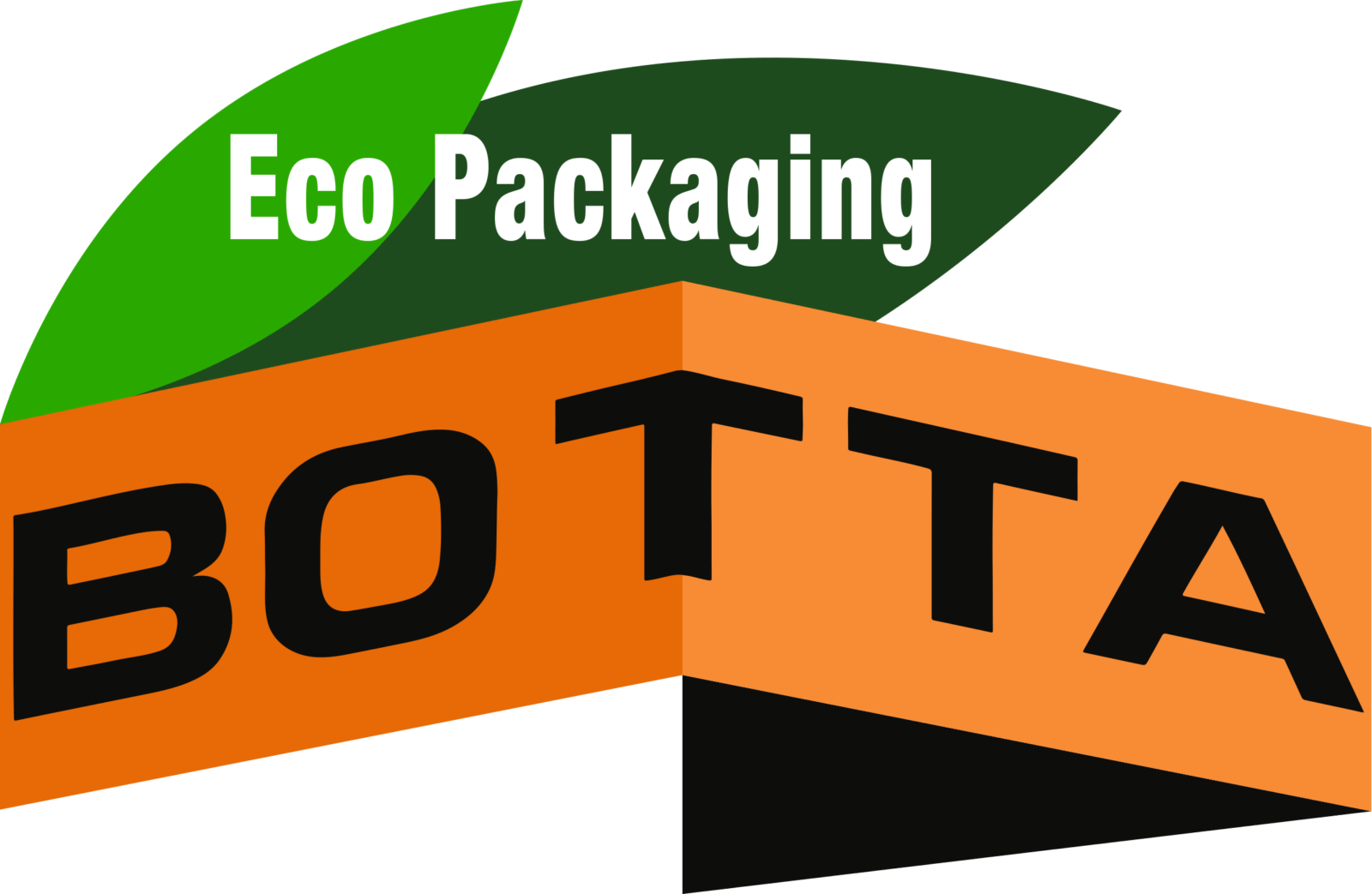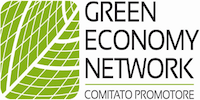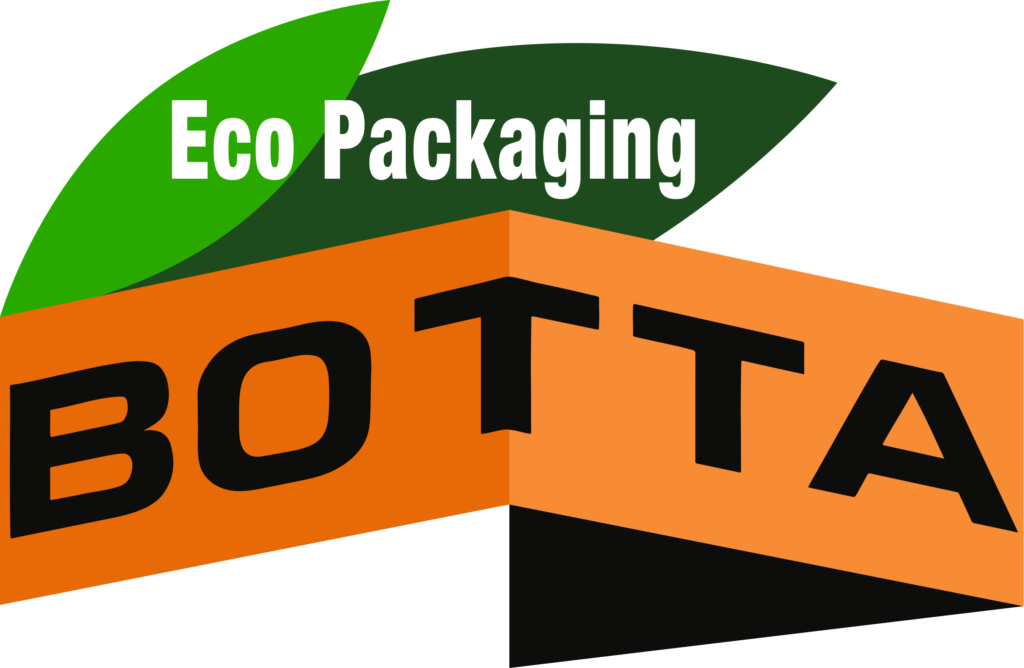Eco-friendly packaging is one solution to reduce the environmental impact of packaging. It is made of material that allows product protection without waste generation which is mostly harmful to the environment.

This type of packaging is either compostable, recyclable, or produced through environmentally sustainable processes. It has a new life cycle that allows for returning to its original form without polluting the planet.
Data speaks about how the online shopping trend has increased exponentially. E-commerce activity has now become almost the norm, both in business-to-business (B2B) and business-to-customer (B2C): 61% of Italian companies have B2B eCommerce activities using their own site or selling in marketplaces, a number that is 11.7% more than what was detected in 2021.
Of the remaining 39 percent who have not yet adopted B2B E-Commerce solutions, 13 percent intend to develop them in the next 12 months. This number is double compared to the record in 2021, demonstrating the growing interest in online sales, among larger companies specifically speaking.
The exponential growth in online shopping (and the following shipping) has highlighted all the problems existing in the world of storage and packaging. As in every other area of business, changes like the increasing environmental sustainability awareness and shopping methods have influenced packaging to also adapt to the market. It is because of this very reason, high-performance, and non-polluting packaging has become of essence.
The core of sustainable packaging
First off, putting plastic-based packaging in a bad light is not why sustainable packaging exists. It is more about looking for a more environmentally-friendly solution to pack and ship various types of products. One example is the development of new, and sometimes unexpected, fully biodegradable materials through research and innovation.
The main point is that environmentally sustainable packaging is a type of packaging that uses containers (for packaging, storing, shipping, or even just placing products on shelves) composed of materials with reduced environmental impact. It is also designed to be reusable once it reaches the end of life.
Applying the sustainable packaging concept
There is a particular class of eco-friendly packaging materials that are becoming popular: compostable packaging.
Compostable packaging is as strong and durable as traditional packaging, protecting products as effectively. The additional benefit is that once thrown away, it decomposes, becoming true organic compost: a type of fertilizer produced through the decomposition of organic waste, such as food scraps, leaves, branches, and grass clippings.
The decomposition agents, which are micro-organisms naturally found in the soil, break down the organic waste to produce nutrients advantageous to soil fertility improvement and therefore plant growth. This decomposition process is what makes organic compost a sustainable and environmentally-friendly solution for waste management and natural fertilizer production – included in this context, so is sustainable packaging.
Sustainable packaging solutions are also fully customizable: companies can attach their unique logo, colors, and other details for communication purposes. In fact, this will allow instant recognition of brands by the customers, moreover associating them with the concept of sustainability. And when a brand shares the same values with a customer, repurchasing becomes increasingly possible. What’s more interesting is that the price and quality of products sustainably packed can be more or less the same as those with traditional packaging!
Conclusion
Companies follow the market trend to keep the business running. One of the popular trends now is to reduce human and also industrial environmental footprint. Sustainable packaging solutions is one of the choices to follow this trend when saving the planet and improving brand reputation can be done in action!
Change is possible by making choices. This one is part of it.
















